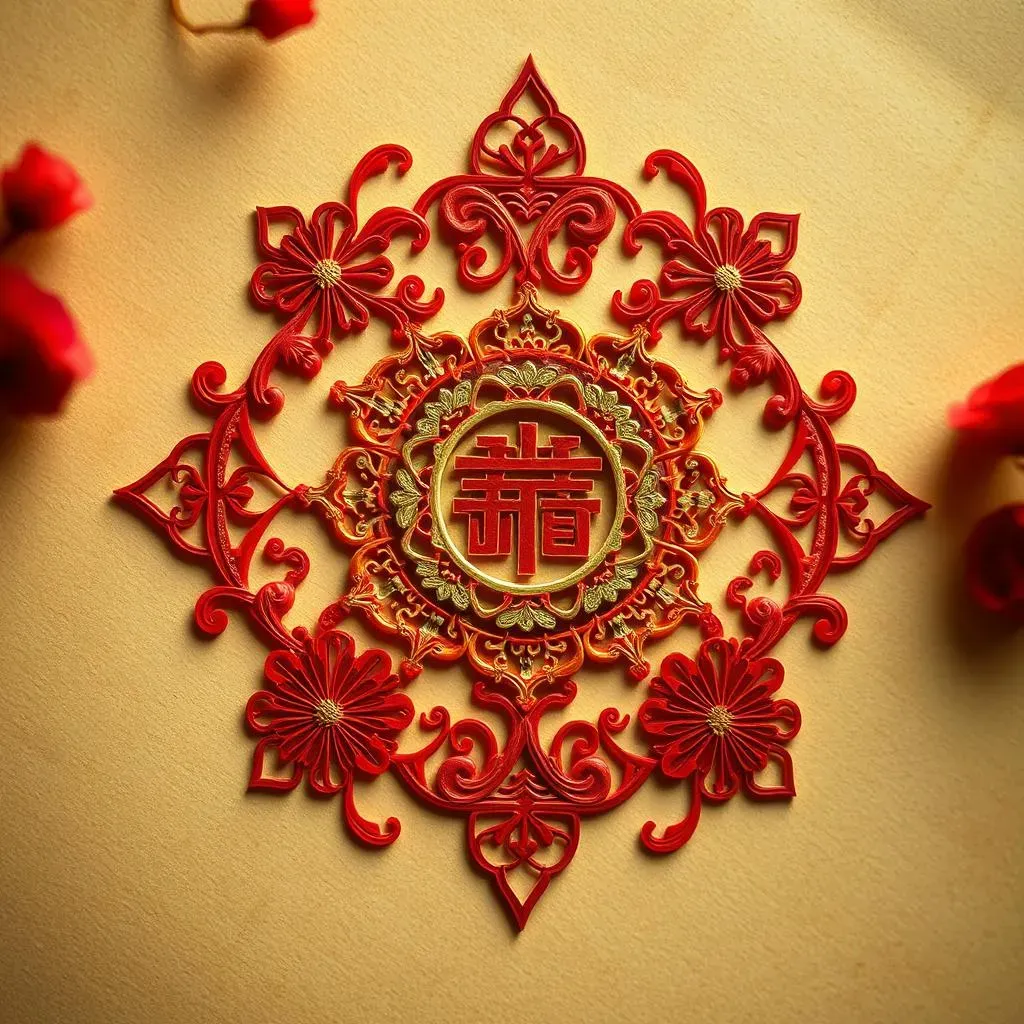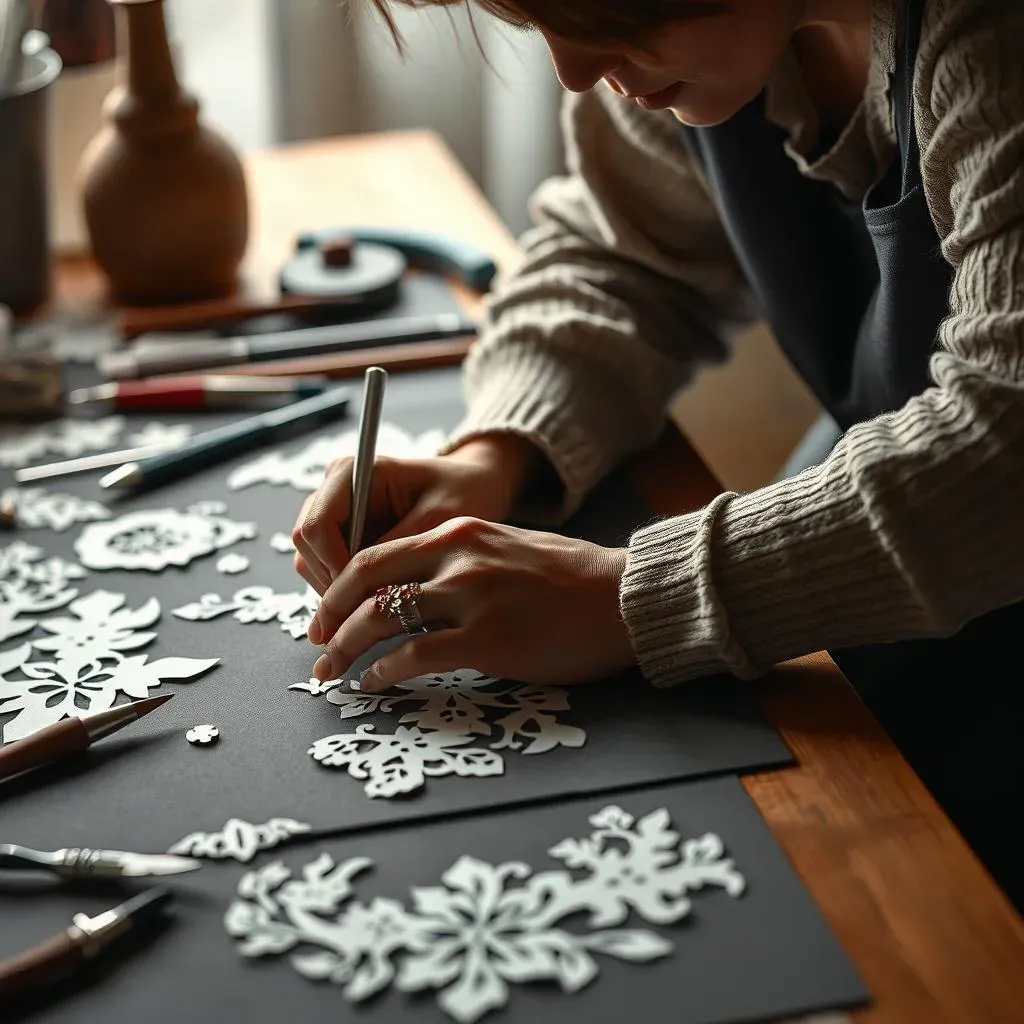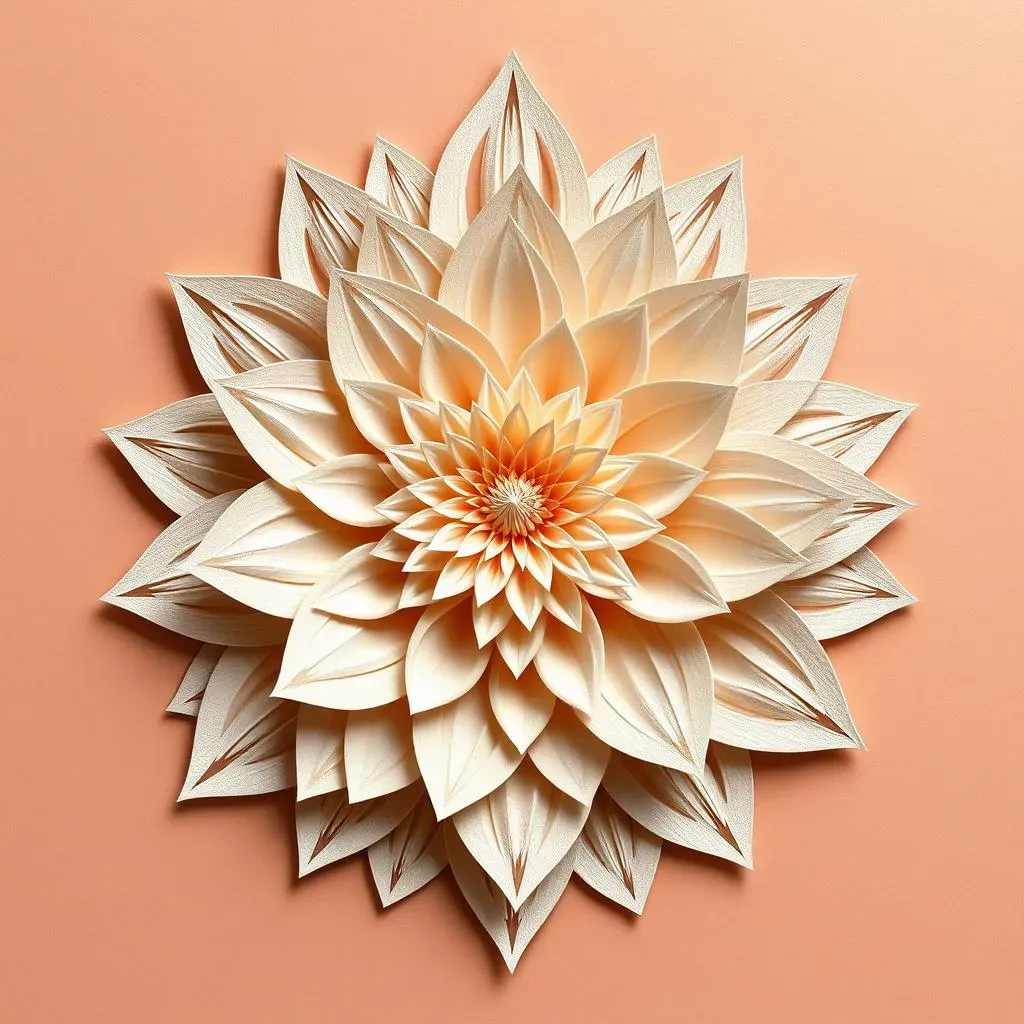Table of Contents
Welcome to the enchanting world of paper cutting art! This isn't just about snipping paper; it's a journey through history, a celebration of creativity, and a chance to unlock your inner artist. Prepare to be amazed by the intricate designs and diverse techniques that define this fascinating craft. We'll explore the rich history of paper cutting art, tracing its evolution across various cultures and time periods. From ancient Chinese traditions to modern interpretations, we'll uncover the stories behind the cuts. Next, we'll dive into the practical side, providing a comprehensive guide to the tools and techniques you'll need to create your own masterpieces. Whether you're a seasoned crafter or a complete beginner, you'll find valuable insights and step-by-step instructions to help you master the art of paper cutting. Finally, we'll showcase a gallery of inspiring paper cutting art projects, igniting your creativity and providing fresh ideas for your own explorations. Get ready to transform ordinary paper into extraordinary works of art; let's embark on this creative adventure together, discovering the beauty and versatility of paper cutting art.
Exploring the History of Paper Cutting Art
Exploring the History of Paper Cutting Art
Ancient Origins in China
The story of paper cutting art begins in ancient China, where the invention of paper itself laid the foundation for this intricate craft. Evidence suggests that paper cutting, or Jian Zhi, emerged during the 6th century, flourishing during the Song and Tang dynasties. Initially used for decorative purposes, adorning windows and doors during festivals, paper cutting quickly evolved into a sophisticated art form, reflecting cultural beliefs, celebrations, and storytelling.
Early examples often featured symbolic imagery, representing good fortune, longevity, and prosperity. The use of vibrant red paper, associated with joy and good luck, became a defining characteristic. These early paper cuts were not merely decorations; they were imbued with meaning, acting as visual narratives and talismans.
Dynasty | Notable Features |
|---|---|
Tang Dynasty (618-907 AD) | Increased complexity of designs, use of more intricate patterns. |
Song Dynasty (960-1279 AD) | Development of distinct regional styles, incorporation of calligraphy. |
Global Spread and Cultural Adaptations
As papermaking techniques spread across Asia and eventually to the West, so too did the art of paper cutting. Different cultures embraced this versatile medium, adapting it to their own traditions and aesthetics. In Japan, the art of Kirie emerged, known for its delicate and precise cuts, often depicting natural scenes and symbolic imagery. Korea, Vietnam, and other Asian nations also developed their unique styles, each reflecting their cultural heritage.
The influence of paper cutting extended beyond Asia. European traditions, while differing in style, incorporated paper cutting into festive celebrations and decorative arts. From intricate lace-like patterns to bold silhouettes, paper cutting found its place in diverse cultural expressions, showcasing the universal appeal of this artistic medium.
- Japan (Kirie): Known for its refined, minimalist designs.
- Korea: Often incorporates vibrant colours and bold patterns.
- Europe: Diverse styles, from delicate lace to bold silhouettes.
Paper Cutting Art in the Modern Era
Today, paper cutting art continues to evolve, embracing new technologies and artistic expressions. Modern artists experiment with diverse materials, incorporating mixed media techniques and pushing the boundaries of traditional styles. From intricate 3D sculptures to animated films, paper cutting's versatility knows no limits. The digital age has also opened new avenues for sharing and appreciating this art form, with online communities and platforms showcasing the works of artists from around the globe.
The enduring appeal of paper cutting lies in its accessibility and expressive power. It's a craft that transcends cultural barriers, connecting people through shared creativity and aesthetic appreciation. Whether passed down through generations or embraced by contemporary artists, paper cutting remains a vibrant and dynamic art form, continually reinventing itself while honoring its rich history.
Mastering Paper Cutting Art Techniques and Tools
Mastering Paper Cutting Art Techniques and Tools
Essential Tools for Paper Cutting
Before you embark on your paper-cutting journey, gathering the right tools is key. While you can start with simple scissors, investing in a few specialized tools will significantly enhance your experience and the quality of your work. A sharp X-ACTO knife is perfect for intricate details and clean cuts. Different sizes of blades allow for versatility, tackling both delicate and bold designs. A self-healing cutting mat protects your work surface and ensures long-lasting blade sharpness.
Tweezers are invaluable for handling small pieces and repositioning them during more complex cuts. A metal ruler is essential for straight lines and precise measurements, especially when creating geometric patterns or symmetrical designs. Don't underestimate the importance of good lighting; a bright, adjustable lamp will minimize eye strain and allow you to see even the finest details in your work. And finally, don't forget a comfortable workspace. Comfort is key, especially when working on intricate designs.
Tool | Purpose |
|---|---|
X-ACTO Knife | Precise cutting, intricate details |
Scissors | General cutting, larger shapes |
Self-Healing Mat | Protects work surface, extends blade life |
Tweezers | Handling small pieces |
Metal Ruler | Precise measurements, straight lines |
Essential Techniques for Stunning Results
Mastering paper cutting involves more than just wielding a sharp blade. Precision and planning are essential for creating truly stunning results. Start with simple shapes and gradually progress to more complex designs. Practice your cutting techniques on scrap paper before tackling your final piece. Experiment with different cutting styles, from clean, sharp lines to more textured, frayed edges. This will give you a feel for the different tools and what they can do.
Consider the type of paper you're using. Thicker papers create bolder designs, while thinner papers are ideal for intricate details. Experiment with different paper weights and textures to discover what suits your style. Always keep your cutting tools sharp; dull blades are more likely to tear the paper, resulting in uneven cuts. Remember patience is key! Take your time, and don't be afraid to make mistakes; they're part of the learning process. Most importantly, have fun and let your creativity flow.
- Practice makes perfect: Start with simple shapes and gradually increase complexity.
- Sharp tools are essential: Regularly sharpen or replace your blades.
- Experiment with paper types: Explore different weights and textures.
- Plan your design: Sketch your idea before cutting.
- Take your time: Precision is key to beautiful results.
Stunning Paper Cutting Art Projects and Inspiration
Stunning Paper Cutting Art Projects and Inspiration
Simple Projects for Beginners
Don't feel intimidated by the intricate designs you see online! There's a whole world of stunning paper cutting projects perfect for beginners. Start with simple shapes like hearts, stars, or snowflakes. These are great for practicing your cutting techniques and getting a feel for your tools. Once you're comfortable with basic shapes, try creating layered designs. Cut out multiple shapes and layer them to create depth and visual interest. Think of a simple flower with multiple layers of petals, each slightly larger than the last. This technique allows for a lot of creativity and experimentation.
Another easy project is creating silhouettes. Find a simple image, perhaps a cat or a tree, and trace it onto your paper. Cut out the shape, and you've got a beautiful silhouette. You can mount these on colored backgrounds or use them to create greeting cards. Experiment with different paper colors and textures to add personality to your creations. Remember, the goal is to have fun and explore your creativity. Don't be afraid to experiment and make mistakes!
- Silhouettes of animals or objects
- Layered designs (flowers, snowflakes)
- Simple geometric patterns
- Greeting cards with cut-out designs
Intermediate Projects: Exploring Intricacy
Once you've mastered the basics, it's time to challenge yourself with more intricate projects. Try creating a mandala design. Mandala's are circular patterns that are both beautiful and calming to create. Start with a simple design and gradually increase the complexity as you gain confidence. Another great intermediate project is creating a paper cut scene. This could be a simple landscape, a whimsical fairy scene, or even a portrait. Think about the layers and details you want to include and plan your design carefully.
Remember to use different paper weights to create depth. For instance, you could use thicker paper for the main objects in your scene and thinner paper for the background. Experiment with different types of paper, such as textured or patterned paper, to add visual interest. Don't be afraid to combine different techniques. For example, you could combine paper cutting with other crafts, such as painting or drawing, to create mixed-media artwork. The possibilities are truly endless!
Project | Skill Level | Materials |
|---|---|---|
Mandala | Intermediate | Cardstock, X-ACTO knife, ruler |
Paper Cut Scene | Intermediate | Various paper weights, X-ACTO knife, template |
Layered Portrait | Intermediate/Advanced | Thin cardstock, X-ACTO knife, fine-tipped tweezers |
